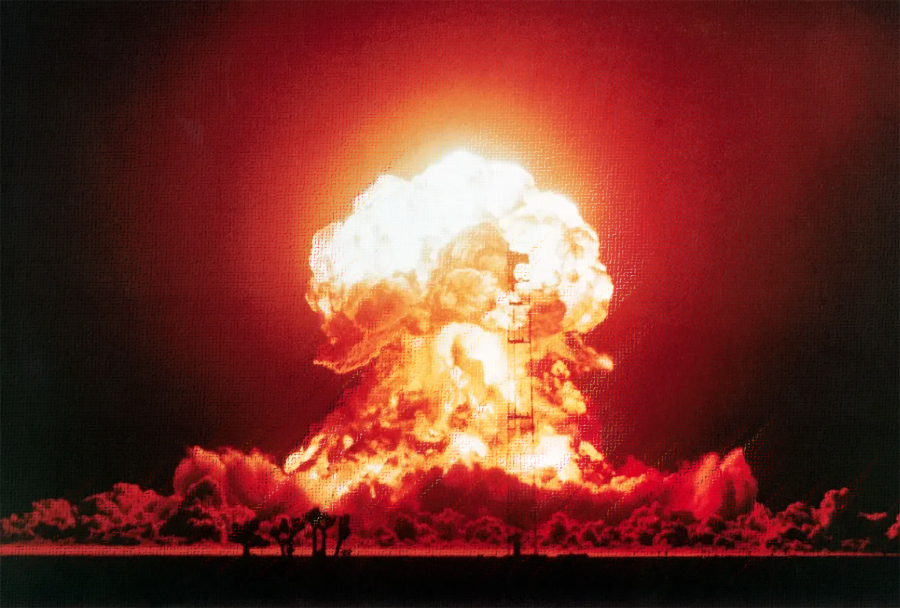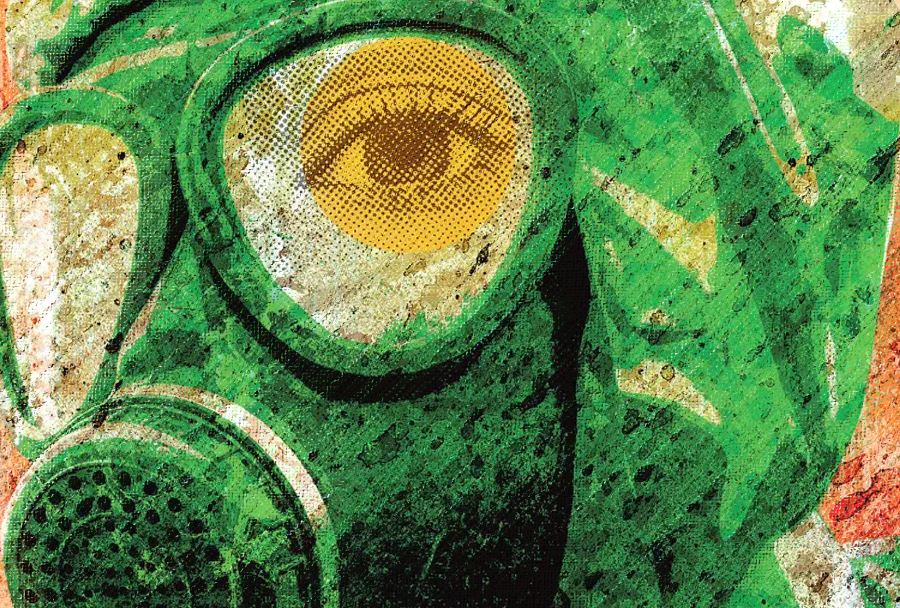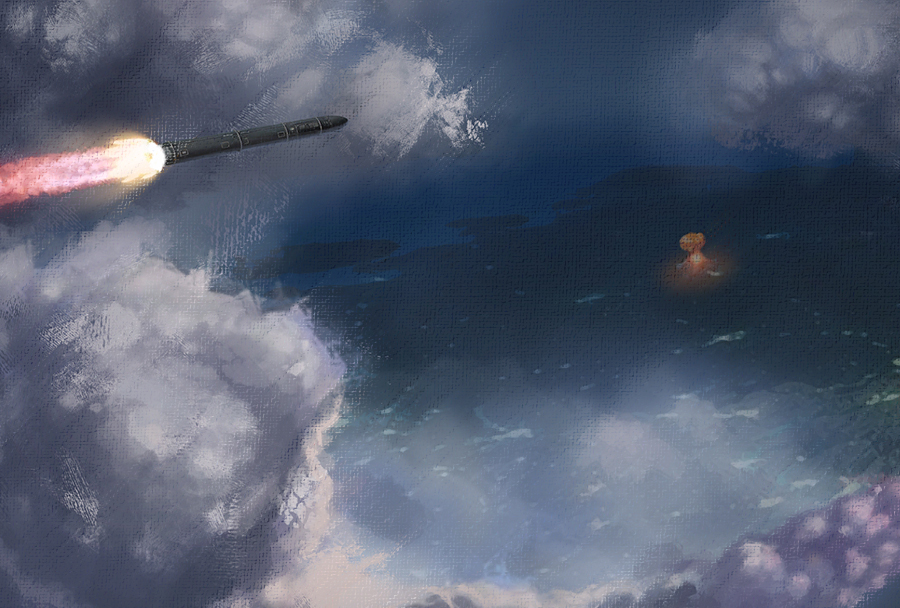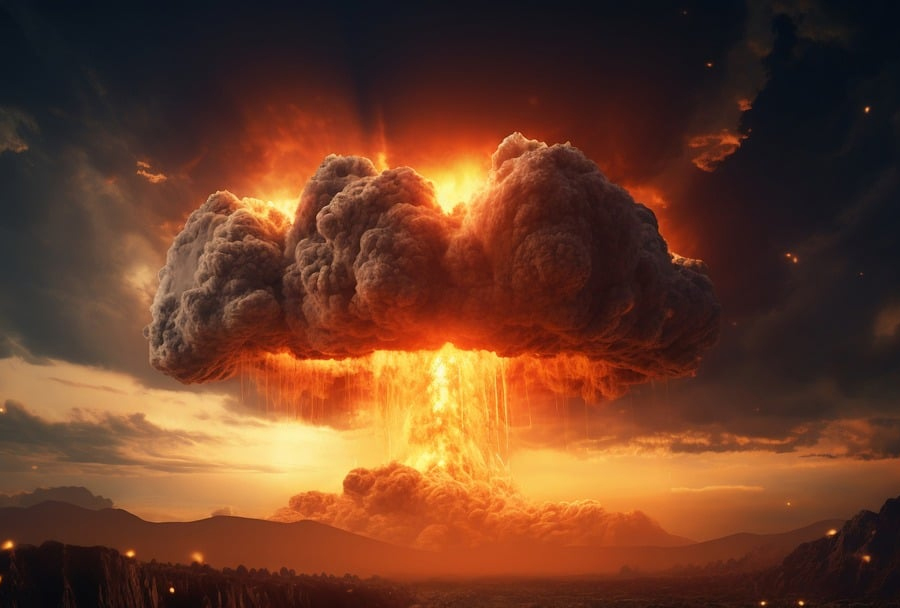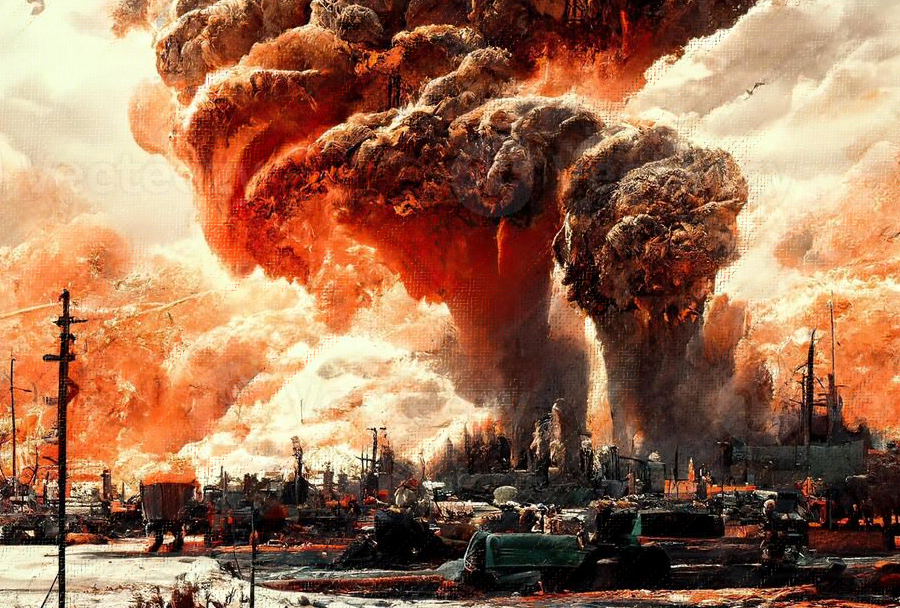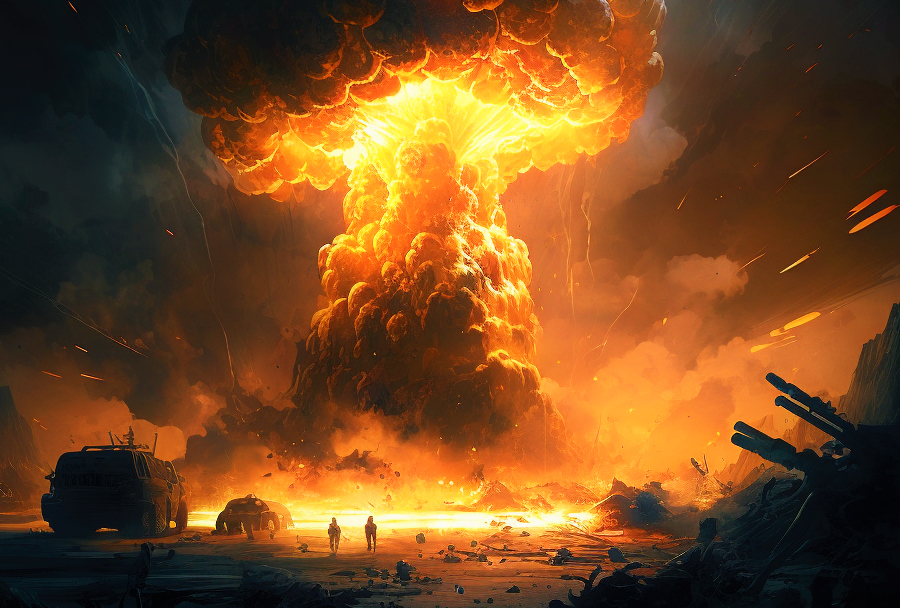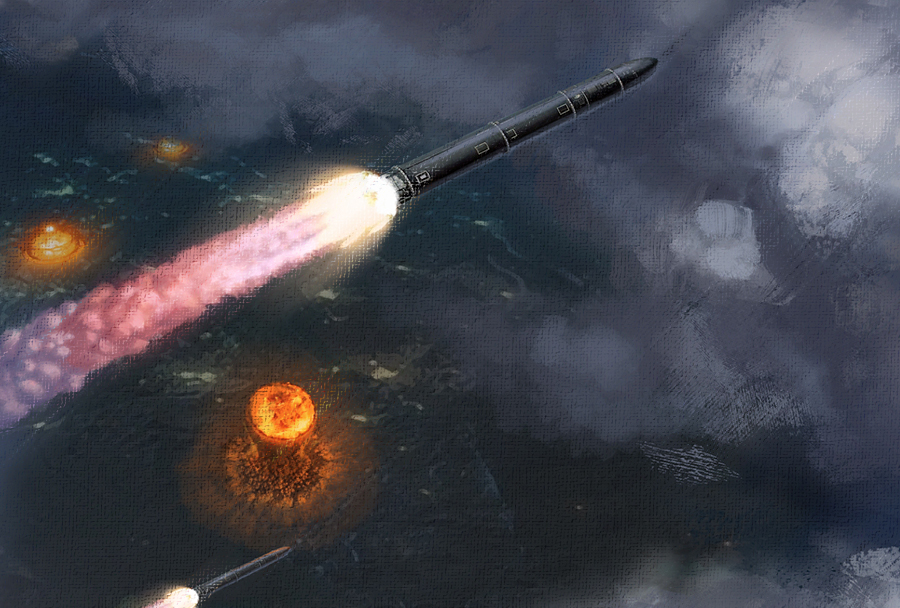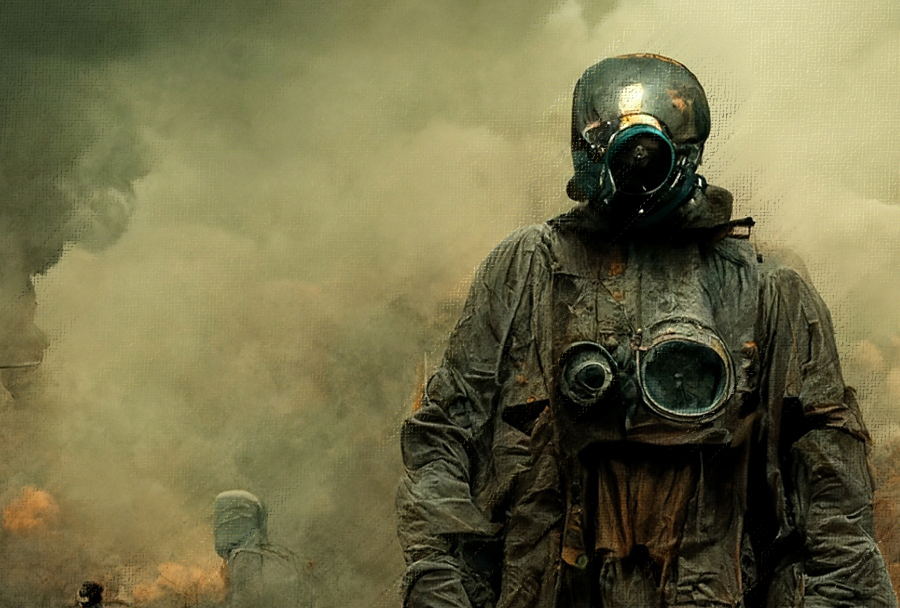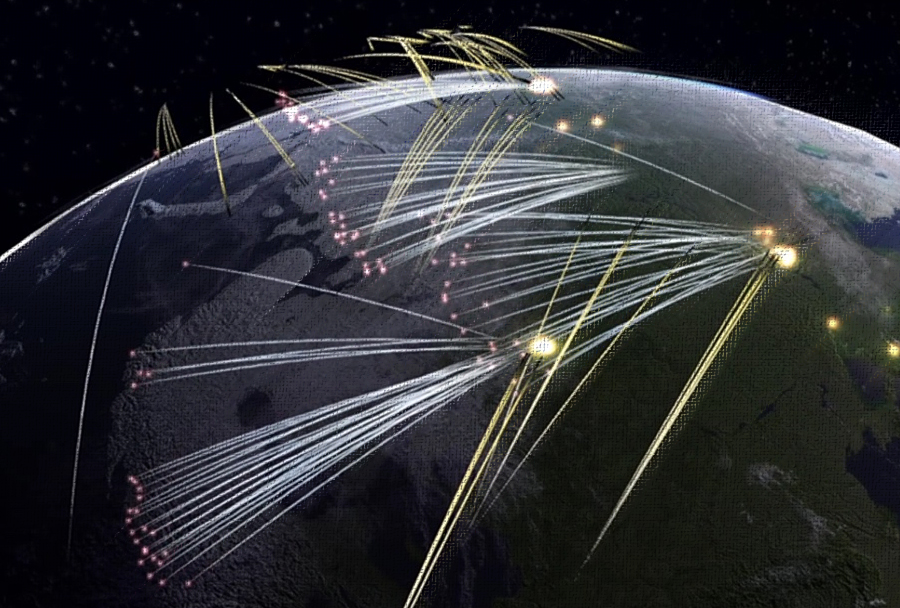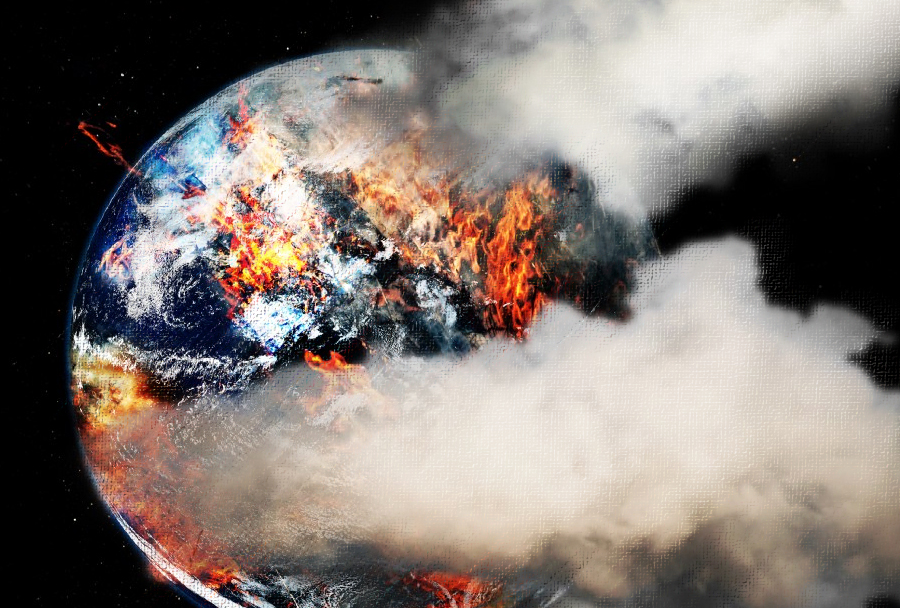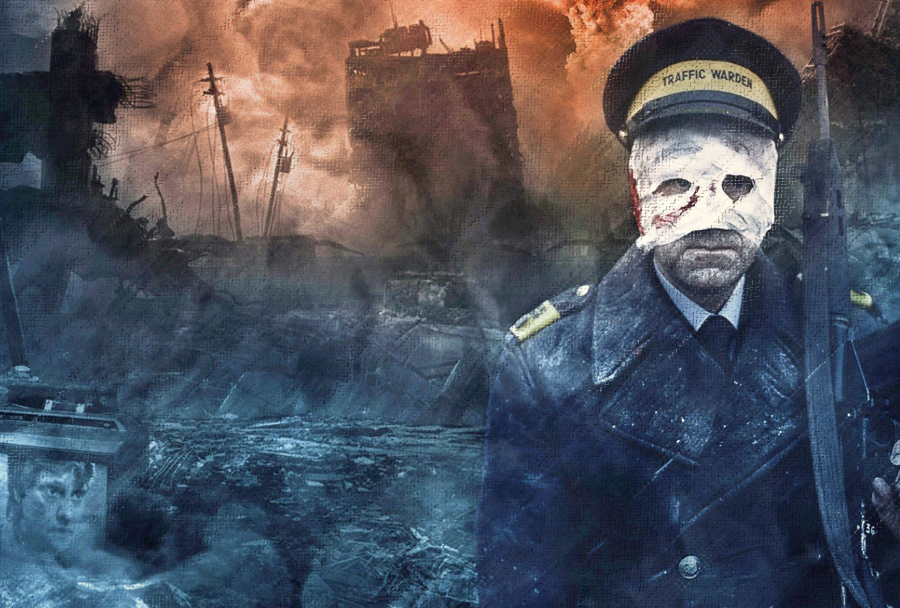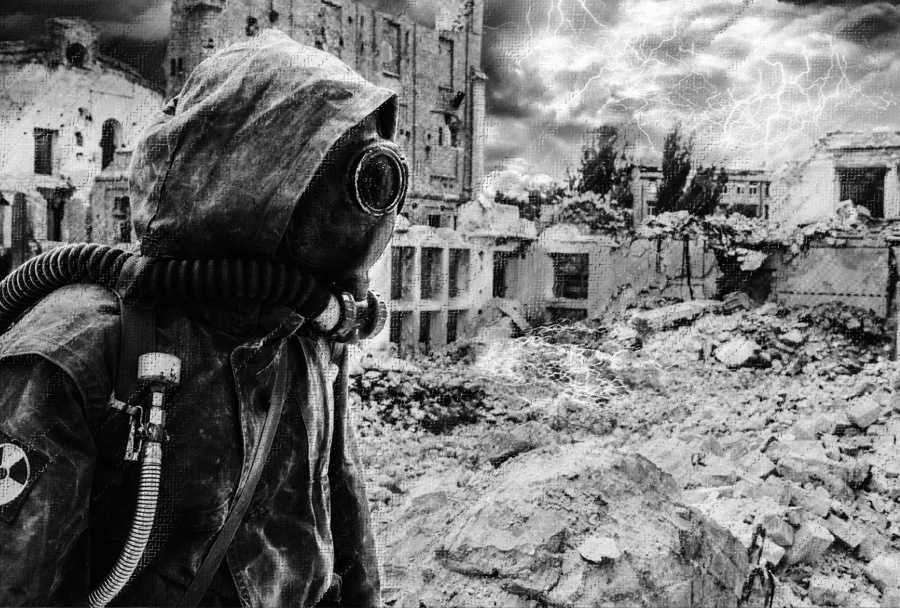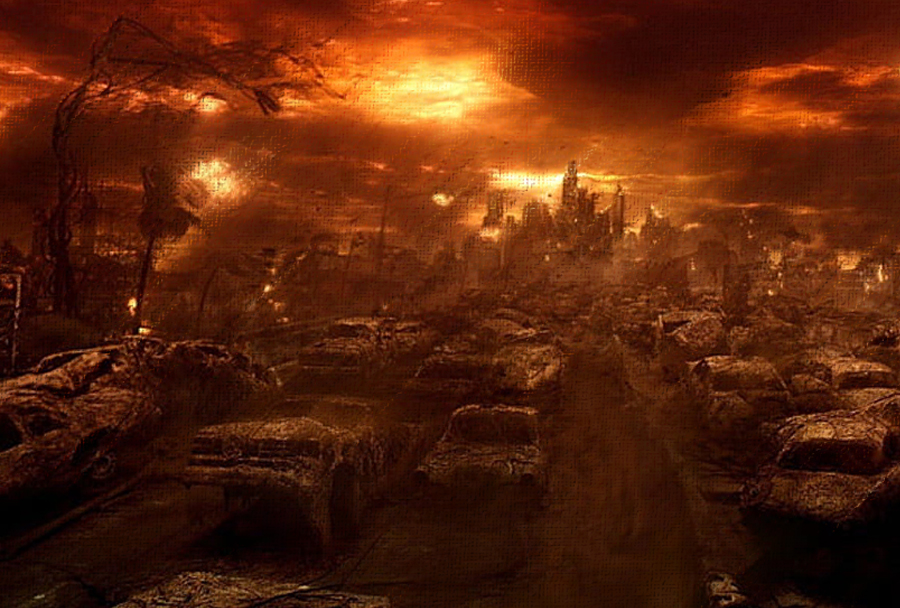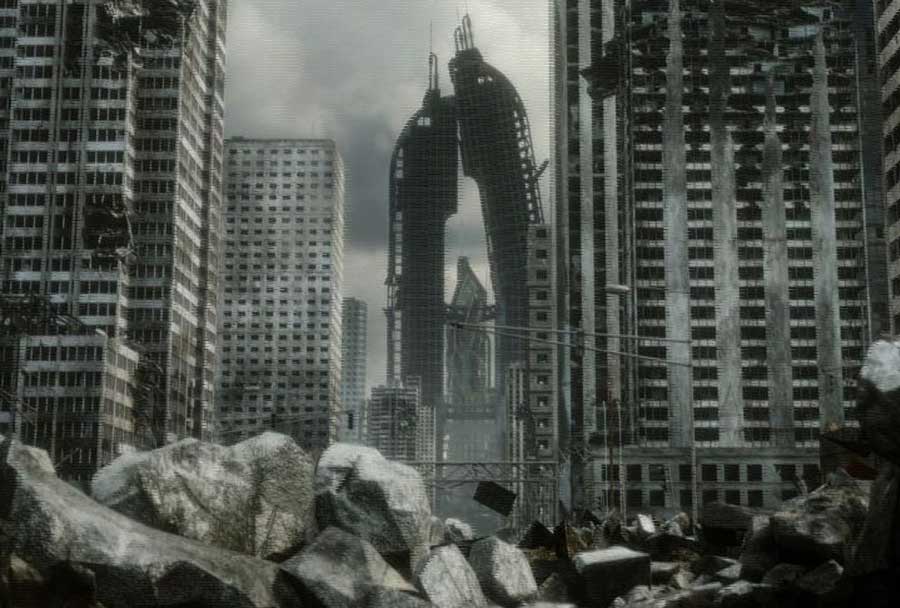Nuclear War Series & AI Simulation
The more you learn the better for you!
Surviving a Nuclear War
The World After Nuclear War
Surviving a nuclear war involves preparing for both the immediate effects of nuclear explosions, such as blasts and radiation, and the long-term impacts on the environment and infrastructure. Here’s a list of essentials to consider:
1. Shelter: The most critical immediate need is a sturdy, well-constructed shelter that can protect against radiation. Underground shelters or basements of strong buildings are preferable.
2. Water: Store enough water for drinking and sanitation, as water sources may become contaminated.
Experts recommend having at least one gallon of water per person per day for at least two weeks.
Also you will need WATER FILTER STRAW which isideal for emergency preparedness.
3. Food: Stockpile non-perishable food items that require no refrigeration, preparation, or cooking. Aim for a supply that can last at least two weeks to several months.
MRE or DEHYDRATED meals are also a very good solution for such case
4. Radiation Detection Tools: Equip yourself with devices like a Geiger counter, dosimeter, or other radiation detection tools to monitor radiation levels.
5. Protective Clothing and Gear: Have materials such as a gas mask, gloves, and protective eye gear to safeguard against fallout and debris.
6. Medical Supplies: Assemble a comprehensive first aid kit that includes standard supplies along with radiation sickness treatments. Include prescription medications and over-the-counter remedies for common ailments.
7. Communication Devices: Battery-powered or hand-crank radios can help you stay informed, as cell towers and internet might not be operational.
8. Power Sources: Backup power options such as solar chargers, generators, or batteries are essential for long-term electricity outages.
9. Personal Hygiene Items: Stockpile toiletries and sanitation supplies like soap, toothpaste, sanitary wipes, and toilet paper.
10. Important Documents: Keep important documents such as identification, medical records, and bank information in a secure, easily accessible location.
11. Emergency Plan: Have a clear plan for what to do in the event of a nuclear explosion, including evacuation routes and a communication plan with family members.
12. Mental Health Resources: Books, games, and other activities can help maintain morale and mental health during prolonged stays in shelters.
Being prepared also means staying informed about the current geopolitical climate and knowing the nuclear attack response plans of your country or local government.
Creating an effective shelter for protection during a nuclear event involves understanding the threats posed by nuclear blasts, including shockwaves, heat, and radiation. The key goal of a nuclear shelter is to reduce radiation exposure as much as possible. Here are detailed considerations for setting up a nuclear shelter:
1. Types of Shelters
a. Expedient Shelter: Quickly improvised shelters can be made in existing buildings by using heavy materials to block out radiation. This might involve barricading yourself in the middle of a building, ideally in a basement, using dense materials like sandbags or bricks around you.
b. Permanent Shelter: These are specially constructed to offer protection against nuclear fallout and blasts. They are typically built underground and made with reinforced concrete or other strong materials. These shelters are equipped with air filtration systems and are structurally sound to withstand blasts.
2. Location
- Underground: The more earth you can put between yourself and the outside world, the better. An underground basement of a concrete building can significantly reduce radiation exposure.
- Center of Building: If an underground space isn’t available, the next best place is the center of a building, ideally away from windows and exterior walls.
3. Construction Materials
- Dense Materials: Concrete, bricks, and earth are excellent at absorbing radiation. The thicker these materials, the better the protection.
- Lead and Steel: These materials are particularly good at blocking radiation but are more difficult and expensive to incorporate.
4. Essential Features
- Air Filtration: Nuclear fallout can contaminate the air, so having an air filtration system is crucial. This can be as simple as a hand-operated air pump with filters or more complex mechanical systems.
- Thick Walls and Roof: The walls and roof of the shelter should be thick enough to reduce radiation. A rule of thumb is at least 30 inches of earth, 12 inches of concrete, or 2 inches of lead.
- Waterproofing: To prevent groundwater contamination from entering the shelter.
- Emergency Exit: An alternative way out, in case the primary exit is blocked.
Stocking the Shelter: In addition to construction, the shelter should be stocked with survival supplies like water, food, medical kits, communication devices, and radiation detection tools.
Maintenance: Regular checks and maintenance of the shelter are essential to ensure it remains functional and ready for immediate use. This includes checking structural integrity, air filters, and stockpile expiration dates.
Training and Drills:Familiarize yourself with the shelter and practice going to and using the shelter with all household members. Knowing what to do in advance can greatly increase your chances of survival in the event of an actual nuclear attack.
Building or identifying a suitable shelter is a significant part of preparing for a nuclear disaster, and these steps can help ensure you are as protected as possible.
NOVEMBER 2025
Based on the current international situation
1. Scenario Matrix (Best / Likely / Worst Case)
2. Nuclear Use – “What It Looks Like” and The Day After
A. Tactical / Limited Nuclear Strike (1–10 low-yield warheads)
T 0 - 72 hours:
- Immediate mass casualties and radiation exposure in the impact zone.
- Collapse of local medical and logistics capacity.
- Global financial shock; energy and shipping markets in panic.
- Retaliatory conventional or cyber strikes highly probable.
D + 7- 30:
- Establishment of exclusion zones, shortages of food, medicine, and energy.
- Refugee waves and breakdown of regional trade.
- International diplomatic paralysis.
Risk Management:
- Shelter-in-place protocols; protective iodine only under official guidance.
- Air-filtration and HVAC containment.
- Distributed operations and off-site data redundancy
B. Strategic Multi-Target Exchange (cities / industrial hubs)
T 0 - D+7:
- Hundreds of thousands of immediate deaths.
- Collapse of governance and communications.
- Freezing of banking systems and trade routes.
D + 30+:
- Long-term radiation and environmental impact.
- Global famine and large-scale population displacement.
- Reconfiguration of world power structures.
Risk Management:
- Multi-scenario evacuation plans.
- Satellite and HF backup communications.
- Off-continent data and asset duplication.
3. Early-Warning Dashboard (weekly watchpoints)
Deployment or authorization of long-range deep-strike systems (Tomahawk, ATACMS, Storm Shadow).
Military mobilization in Baltic, Black Sea, Eastern Med, or South China Sea.
Cyberattack surges on energy grids, ports, telecom networks.
Arms-control status after 5 Feb 2026 (New START expiry).
“Red-line” rhetoric or explicit nuclear deterrence statements by major powers.
4. Priority Actions
Business Continuity: Define tiered activation levels (L1/L2/L3) with triggers.
Supply Chain: Second-source contracts, alternative land/sea routes, critical-stock reserves.
Cyber & Comms: Offline backups, network segmentation, multi-factor auth, satellite channels.
Insurance / Legal: Review war-risk and sanctions clauses, continuous due-diligence screening.
Personnel Safety: Pre-assigned safe zones, emergency briefings, psychological support in high-stress zones.
Executive Assessment (Summary)
The probability of a full-scale world war in 2026 remains low (≈ 5% or less), but the risk of a multi-theater conflict involving great powers has risen sharply (20–35%).
The expiry of New START in Feb 2026, coupled with the deployment of long-range Western strike systems,represents the most critical flashpoint for escalation.
Nuclear use is still considered unlikely, yet not impossible if one side faces existential defeat or misinterprets incoming threats.
Continuous monitoring, diversified logistics, and robust cyber-defense posture remain the best mitigation tools for governments and industries.
In the wake of a catastrophic nuclear war, the world as we know it would be irrevocably transformed.
The once thriving global civilization would be reduced to ruins, leaving survivors to navigate a harsh and hostile environment.
This article explores the potential aftermath of such a cataclysm, examining the social, environmental, and economic impacts that would shape the post-apocalyptic world.
1. Environmental Devastation
Radioactive Wastelands
The immediate aftermath of nuclear detonations would leave vast areas contaminated with radioactive fallout. Cities like New York, Moscow, Beijing, and Tel Aviv would become uninhabitable wastelands, their populations decimated and infrastructure obliterated.
The radiation would render large swathes of land dangerous for decades, if not centuries, making agricultural production impossible in these regions.
Nuclear Winter
The massive release of soot and ash into the atmosphere from nuclear explosions and subsequent fires would block sunlight, leading to a phenomenon known as nuclear winter. Global temperatures would plummet, causing severe disruptions in climate patterns.
This drastic cooling would result in shortened growing seasons and widespread crop failures, triggering a global famine that would further strain the already limited resources of the surviving population.
2. Economic Collapse
Destruction of Infrastructure
The infrastructure supporting global economies would be annihilated.
Power grids, transportation networks, communication systems, and financial institutions would cease to function.
The intricate web of international trade and commerce would collapse, plunging the world into an economic dark age.
Survivors would revert to barter systems, trading whatever scarce resources they could find.
Scarcity of Resources
The scarcity of resources would lead to intense competition and conflict among survivors.
Clean water, food, medical supplies, and basic necessities would become precious commodities.
In the absence of functioning governments, local warlords and criminal gangs would rise to power, controlling resource-rich areas and imposing their rule through violence and intimidation.
3. Social Disintegration
Breakdown of Social Order
The societal structure as we know it would disintegrate.
Governments, unable to cope with the scale of the disaster, would lose their authority.
Law enforcement and public services would collapse, leading to widespread chaos and anarchy.
Communities would become isolated, and trust in institutions would erode as people struggle to survive.
Psychological Trauma
The psychological impact on survivors would be profound.
The trauma of losing loved ones, witnessing mass destruction, and enduring constant threats to survival would leave deep scars.
Mental health issues, including post-traumatic stress disorder (PTSD), depression, and anxiety, would be widespread.
The sense of shared humanity and cooperation would be challenged by the brutal reality of survival.
4. Technological Regression
Loss of Knowledge
The destruction of educational institutions and research facilities would result in a significant loss of knowledge.
Scientific and technological advancements made over centuries would be lost or rendered useless without the infrastructure to support them.
The survivors would be forced to relearn basic skills, relying on pre-industrial methods of agriculture, medicine, and engineering.
Limited Communication
With global communication networks down, isolated communities would have little to no contact with the outside world.
Knowledge exchange and collaboration would be severely hampered, further slowing any potential recovery and rebuilding efforts.
5. Path to Recovery
Small Communities and Self-Sufficiency
Survivors would likely form small, self-sufficient communities, focusing on sustainable living and resource management.
These communities would prioritize agricultural practices suited to the altered climate and develop local solutions to their challenges.
Cooperation and mutual aid within these communities would be essential for survival and rebuilding.
Rebuilding Trust and Cooperation
Over time, efforts to rebuild trust and cooperation between communities would emerge.
Survivors would recognize the need for collective action to address shared challenges.
New forms of governance might evolve, based on direct democracy and local leadership, as people seek stability and order.
Preservation of Knowledge
Efforts to preserve and disseminate knowledge would be crucial.
Libraries, archives, and remaining experts would become invaluable resources.
Education would focus on practical skills and the transmission of essential knowledge to future generations, ensuring that the mistakes of the past are not repeated.
Conclusion
The aftermath of a nuclear war would plunge humanity into a dark and desperate era.
Environmental devastation, economic collapse, social disintegration, and technological regression would define the post-apocalyptic reality.
Yet, amid the bleakness, the resilience and adaptability of the human spirit would shine through.
The survivors, scarred but determined, would strive to rebuild their world, driven by the hope of a better future.
This stark reminder of the potential consequences of nuclear conflict underscores the urgent need for global disarmament and the pursuit of lasting peace.

